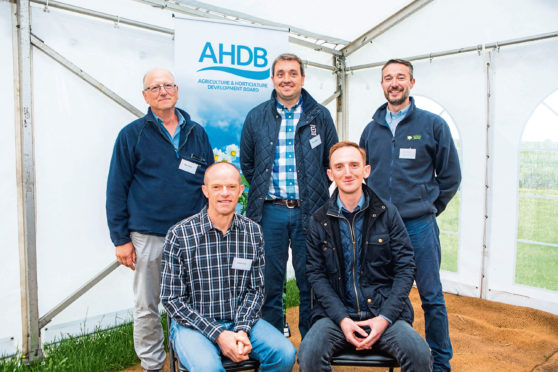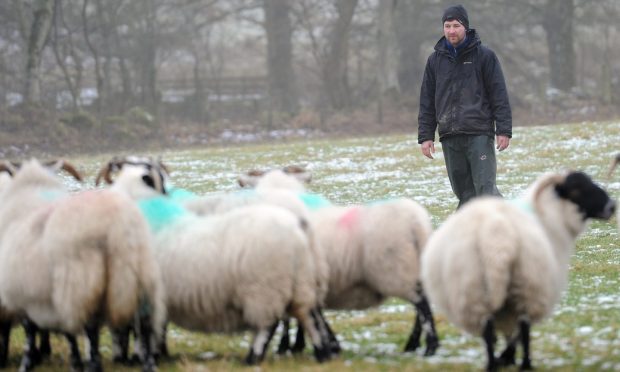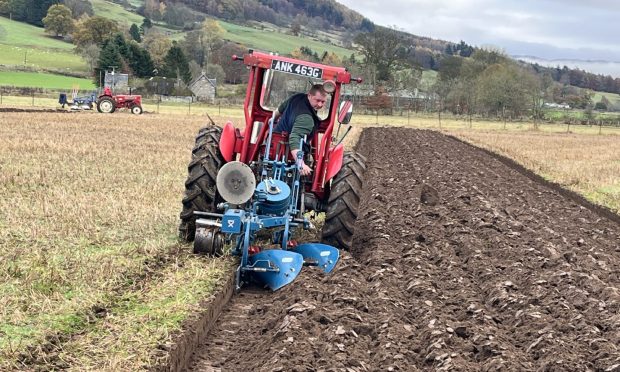Warnings over aggressive new blight strains which can take crops down in days were not lost on dozens of potato farmers who gathered yesterday on the AHDB’s “Spot” monitor farm near Blairgowrie.
As blight-inducing rain poured down on the marquee at Strathisla Farm, James Hutton Institute scientist Dr David Cooke said it was more crucial than ever that potato farmers send in any samples of blight they find to be analysed by his team, as 37A2 – the new strain which was found in Scotland for the first time in 2018 – has been found to be insensitive to the widely-used fungicide, Fluazinam.
“Fluazinam just won’t manage it and blight will continue to spread when you think you’re protected, and that leads to complacency,” he said.
“Even though you’ve sprayed, blight will be spreading through the lower canopy and you’ll come back in a week and it can have gone through 20% of the foliage. At that point you’re fighting a losing battle because the idea of blight management is really prevention rather than cure.
“You need to be really careful of using Fluazinam and, if you have lots of it in the shed and want to use it up, make sure you use it at a low-risk period. A lot of advisers are saying not to use it.”
Dr Cooke said 66 blight outbreaks had been reported so far this year after the dry spring meant a slow start to the season.
The other new strain, 36A2, is now widespread in England and spreading north, but he said there is currently no evidence that it is resistant to Fluazinam.
Dr Cooke advised that in wet weather, when conditions are good for the disease spreading, a seven-day spraying schedule is not enough. Some growers are using a five-day spraying regime.
He added: “It’s not a popular message, but when you get mismatching of chemistry and disease spreading rapidly, suddenly you can be playing catch up – that’s the problem with blight management.”
He warned against relying on cheap sprays and advised using the most expensive chemistry when risks are high and bad weather is forecast.
Bruce Farms potato manager, Kerr Howatson, who is running the trials for AHDB, said he was “not too worried” yet about the 37A2 strain.
However, he added: “If we begin to see a bit more of it in this area we would be concerned, but when it’s as far away as Ayrshire, we’re just keeping an eye on it and if we do get blight we’ll send a sample away to see what strain it is.
“We’re keeping up spraying and changing the active ingredients.”
nnicolson@thecourier.co.uk








